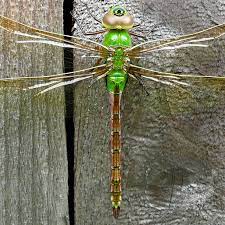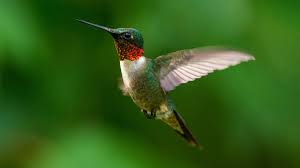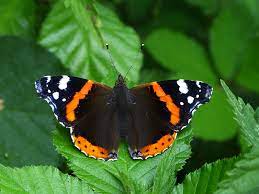The cooler weather has arrived and with it the natural world begins its next cycle. Leaves fall, frogs stock up on insects, and chipmunks top up their larders. It’s a busy, busy season as animals, plants, birds, and insects get ready for the season yet to come.
The cooler weather inspired us to think about migrators, those who brave storms, habitat loss and busy roads to travel thousands of kilometers. Most people in our region can name an insect that migrates – the majestic Monarch Butterfly. That is a good answer! However, there are other butterflies and other insect migrators, usually lesser known, or the type that people didn’t realize migrated. The Painted Lady, Red Admiral, and Common Buckeye butterflies also travel south.
Dragonflies too! The Green Darner, or Black Saddlebag migrate to the southern United States, even the Caribbean Islands. They will reproduce there, then die off, their offspring reproduce, and that generation flies back to Ontario. A Green Darner
A Green Darner
Many bird species migrate – hawks, hummingbirds, warblers, loons, and many, many more make the long trip to southern habitats.

A Hummingbird
Some animals even migrate within our own borders – caribou for example. Eastern herds winter in the boreal forests of Ontario and Quebec but, head back up to the tundra in spring.
Migration is really about adaptation, food, temperature, and habitat. Those animals, birds, and insects that can adapt will remain and go dormant, hibernate, or provide for the next generation to emerge in spring. Those that have not adapted are driven south to find food – the biggest driver of movement — and of course temperature and habitat also come into the mix.
It’s a huge deal to migrate. Those trips use up a lot of energy but, they have a vital purpose. Migration remains one of the biggest events on Mother Nature’s calendar! Think about that next time you board a plane and head to Florida!!



